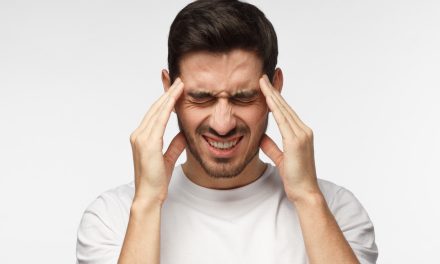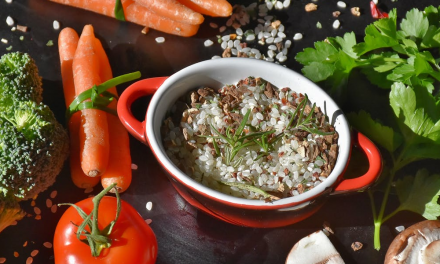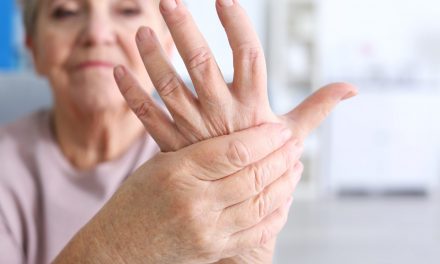Many peeps do more than normal this time of year. More cleaning, more decorating, more shopping, more wrapping, more cooking, more baking—basically, more of everything. It’s no wonder we might be experiencing more joint pain too. But, maybe it’s not ‘arthritis’, maybe it’s tendonitis or bursitis and there is something you can do to help it.
Let’s chat about each of these issues . . . what are they, what do they feel like, and most importantly, what can we do about them.
TENDONITIS:
First up, tendonitis is an inflammation of the tendon caused by tendon trauma and disruption of the normal blood flow to the tendon.
Risk factors include:
- smoking
- repetitive use: such as weight lifting, racket sports, carpentry work, yard work, typing, knitting, etc.
- lifting greater than 40 pounds
Common locations:
Shoulder – bicipital tendonitis (biceps tendon)
- Pain is felt in the front part of the shoulder.
- Pain is worse with shoulder movement.
Elbow – tennis elbow (lateral epicondylitis)
- Pain is felt on the bony knob on the OUTside of the elbow or just a bit lower than the elbow.
- Pain can have associated warmth and swelling.
- Pain is made worse with firmly grabbing things, shaking hands, turning doorknobs, or bringing the wrist back toward the outside of the arm when the arm is straight.
Elbow – golfers elbow (medial epicondylitis)
- Pain is felt on the bony knob on the INside of the elbow or just a bit lower than the elbow.
- Pain is made worse with firmly grabbing things, shaking hands, turning door knobs, or bending the wrist toward the inside of the arm when arm is straight.
Hand – De Quervain’s tendonitis
- The tendon involved with De Quervain’s is located on the outside of the thumb.
- Pain can be felt at the base of the thumb but can also radiate up into the forearm. Unlike carpel tunnel, there is numbness or tingling.
- Pain is made worse with grasping and pinching.
IMPINGEMENT SYNDROME of the Shoulder:
Impingement syndrome is due to inflammation of the rotator cuff muscles and tendons of the shoulder – typically from repetitive use or trauma to the shoulder.
Understanding the issue: The rotator cuff muscle is responsible for keeping our upper arm bone depressed (or lower) so that the muscle and tendons will not be pinched by the bones of the shoulder, especially when we raise our arm.
If the rotator cuff muscles and tendons become inflamed (i.e., we have ‘tendonitis’ of the rotator cuff tendons), these muscles and tendons do not keep our upper arm bone depressed as well and the upper arm bone moves closer to the bones of the shoulder. Consequently, every time we raise our shoulder—especially sideways, the rotator cuff muscle and tendons will become pinched between the upper arm bone and the bones that make up our shoulder.
BURSITIS:
A bursa is simply a small sac that lies between a bone and a ligament or tendon. We can think of them as shock absorbers—they make it easier for one tissue to glide over another. If we didn’t have them, our ligaments and tendons (which are much like rubber bands) would be rubbing on bone . . . and due to the friction, eventually, they’d tear. When a bursa becomes inflamed, we now have what is called, bursitis.
There are two main reasons a bursa will become inflamed:
1. Overuse:
When we overuse a joint, or use a joint more repetitively than normal (like we do during most Holidays), the bursa will often become inflamed due to the added workload. Consequently, we end up with bursitis.
2. Misalignment:
If we already have arthritis, such as Osteoarthritis, which is loss of cartilage (i.e., cushion) in a joint, our body’s alignment gets out of wack. Remember, if we have Osteoarthritis of the knees or hips, the right and left side cartilage don’t wear out evenly. Typically, one side of us is always more arthritic than the other. This misalignment will then put added pressure on one bursa over the other and, bingo, we get bursitis.
The most common places for us to get arthritis include:
- shoulder
- hip
- elbow
- knee
Common symptoms of bursitis:
- Pain with range of movement—typically achy but can be sharp.
- Minimal swelling. No redness or warmth.
- No numbness or tingling.
- Pain is aggravated by lying of the side of the inflamed bursa.
Treatment Options:
The treatment options for tendonitis, impingement syndrome of the shoulder, and bursitis are pretty much the same.
- Minimize the repetitive motion as much as you can until things calm down
- Ice, especially when symptoms are worse
- Topical creams such as Biofreeze, Diclofenac gel, Aspercreme, or Lidocaine
- Anti-inflammatories (as long as your kidney function is okay and you are not taking a blood thinner)
- Physical Therapy and proper stretching
- Bracing
- Steroid injections into the affected tendon or bursa
- Surgical procedure/release through Orthopedic specialist
Yes, it does seem that from Halloween to New Year’s Eve, many of us tend to use our tendons, muscles, and joints more than usual. So, don’t be surprised if your shoulder, elbows, hips, and knees join in the festivities and you find yourself hurting more than normal. It may just be from the repetitive use as we try to ensure a beautiful celebration with friends and family.
Certainly though, I do encourage you to discuss any concern you have with your healthcare provider. After all, although these are common causes for pain, there are other things that can produce similar complaints that would need to be more thoroughly addressed.
I hope this helps! And remember: Today and every day, live your value one choice at a time.










